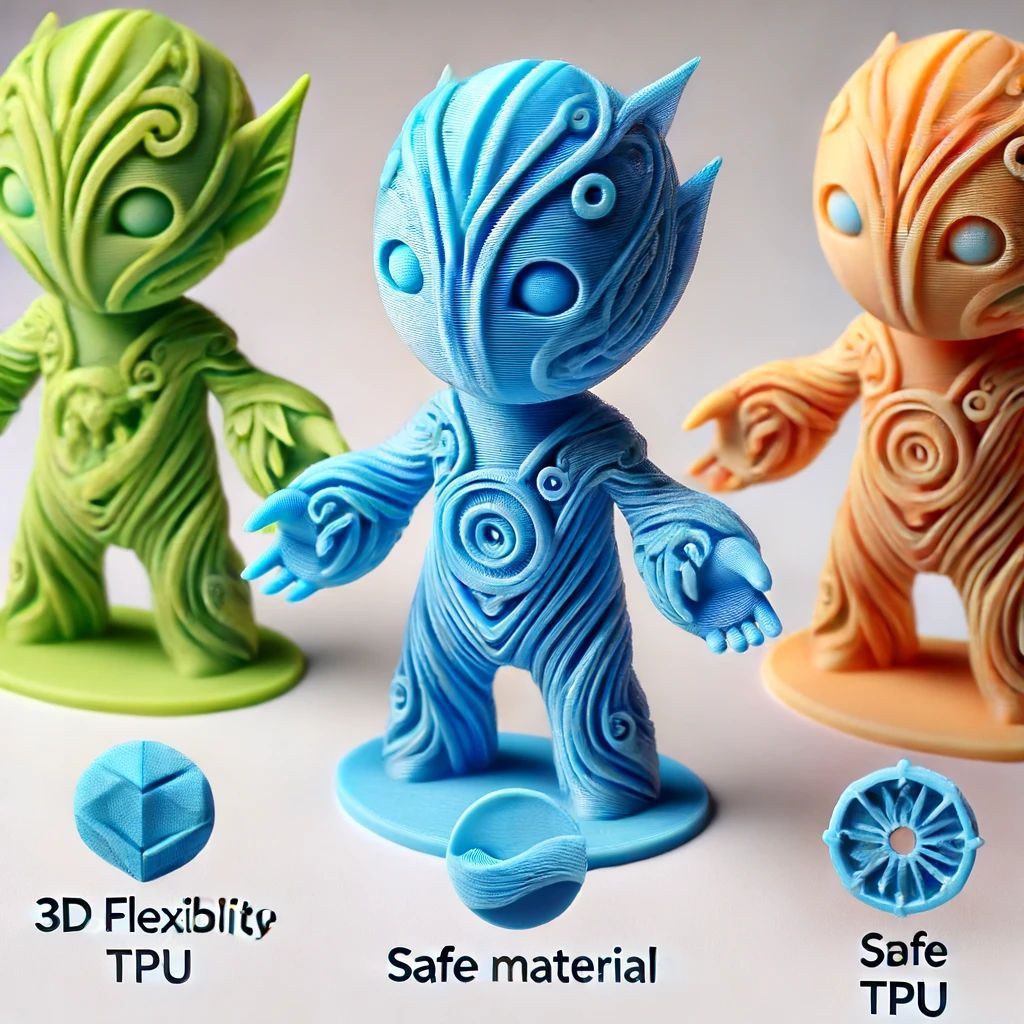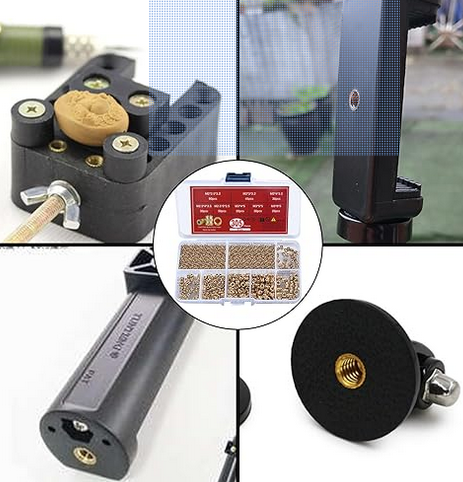3D Printed Wax Resin
Wax Resin – Precision Casting Starts with the Right Print
Overview
Now, Wax Resin isn’t your everyday 3D print material. You don’t use it for brackets, jigs or housings. This is what we use when someone’s doing investment casting — usually in the jewellery, dental, or precision metal industries. Think tiny threads, sharp edges, and super-smooth surface detail.
It prints parts that burn out clean, without ash or residue — which is exactly what you need for lost wax casting. If the printed part doesn't disappear cleanly, the final metal piece won’t form properly. That’s why this material exists — to bridge the gap between CAD and cast metal, without tooling, and without compromise.
Key Technical Characteristics (Typical Values)
• Surface finish: Extremely smooth – almost zero layer lines
• Print resolution: As low as 25 microns
• Ash content after burnout: <0.01%
• Melting point: ~60°C–70°C (low temp, melts clean)
• Flexibility: Brittle – not designed for handling or load
• Dimensional accuracy: Very high – ideal for fine geometry
• Strength: Low – intended for short handling, not use
• Colour: Typically dark blue or purple (for inspection ease)
This is a precision tool — not a functional material. It’s about what comes after the print.
Why Engineers and Designers Use Wax Resin
This isn’t a material for messing about. It’s used when:
• You’re producing metal parts through lost wax casting
• Detail matters more than durability
• You need a zero-ash burnout for clean moulds
• You’re making dental frameworks, custom jewellery, or aerospace micro-parts
• You want to skip machining and go direct from print to metal
It’s also perfect for short-run or one-off casting jobs, where traditional wax carving would take hours or days.
Where We Use Wax Resin
We’ve used wax resins for:
• Metal prototype parts for foundries
• Micro-casting masters for small manufacturing runs
• Custom rings and high-detail jewellery
• Precision dental applications (crowns, bridges, frameworks)
• Restoration parts for heritage and antique hardware
If you’re going from CAD to metal without moulding, Wax Resin is how we do it.
Handling and Print Considerations
Wax Resin isn’t plug and play — here’s what we do differently:
• Parts are fragile — we support them properly and handle with care
• Storage matters — softens in warm environments
• Printed with high-resolution SLA or DLP machines
• We check every print before handing off for casting — even tiny defects can ruin a metal part
We treat these jobs with more precision than brute force. This is detail work, not general production — and that’s exactly how we handle it.
Why Buyers Come to Us for Wax Resin
Foundries and casting shops don’t always have in-house CAD or printing capability — and they don’t want to deal with failed burns or warped wax. That’s where we step in:
• CAD in, perfect print out
• No tooling cost
• Clean burnout, no ash
• One-offs or batch runs
• Short lead times with high accuracy
We’ve had clients come in with wax patterns that took days to hand-carve. We modelled and printed them in less than 24 hours, ready for casting. That’s real value.
Why We Use It at Mitchell & Son
We had a classic car restorer who needed a metal hood ornament recast. Couldn’t find the original part anywhere. We reverse-engineered it, printed the wax master, and sent it to the foundry. Two weeks later, he had a chrome-plated original replica — better than new.
That’s the kind of job that shows what 3D printing can do when you understand the right material for the right outcome.
SOME INFOMATION ABOUT THE MATERIAL
3D printing with wax is used to create a precise 3D mold out of a 3D file thanks to the 3D lost wax casting technique. 3D Lost wax casting (or investment casting) is a production process.
The wax 3D printing process begins with a 3D model being created in a computer aided design (CAD) program. Once the 3D model is complete, it is then exported to a 3D printer. The 3D printer then creates a physical model of the design out of wax.
After the wax model is created, it is then placed in a mold. The mold is then filled with a investment material. The investment material hardens around the wax model.
Once the investment material has hardened, the mold is then placed in a furnace. The wax model is then melted out of the mold, leaving a hollow space in the shape of the original 3D model.
The molten metal is then poured into the mold. The metal then takes the shape of the original 3D model. After the metal has cooled, the mold is then broken away, revealing the final casting.













